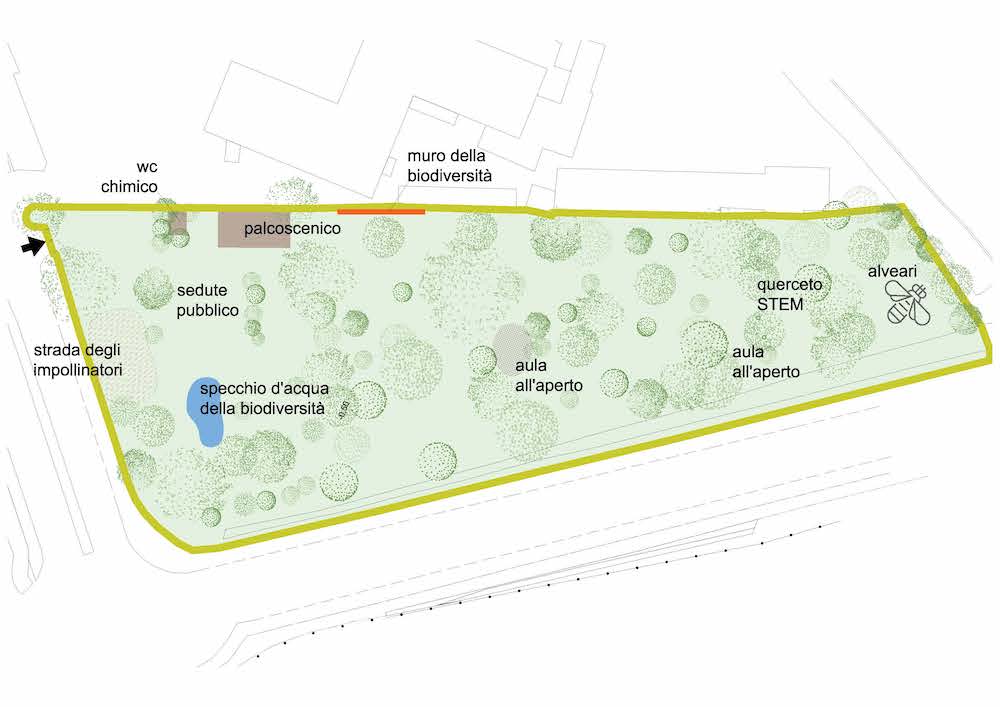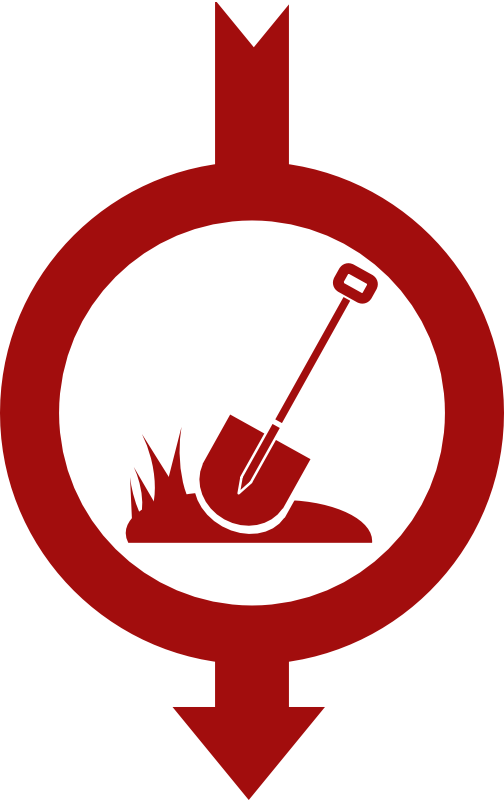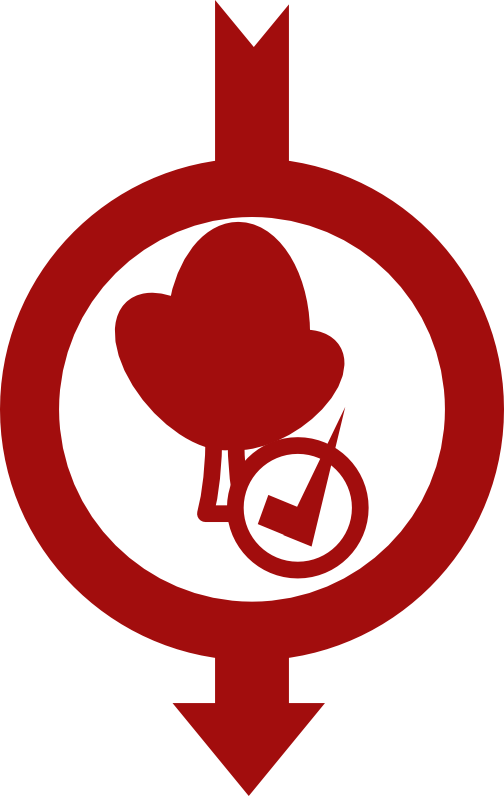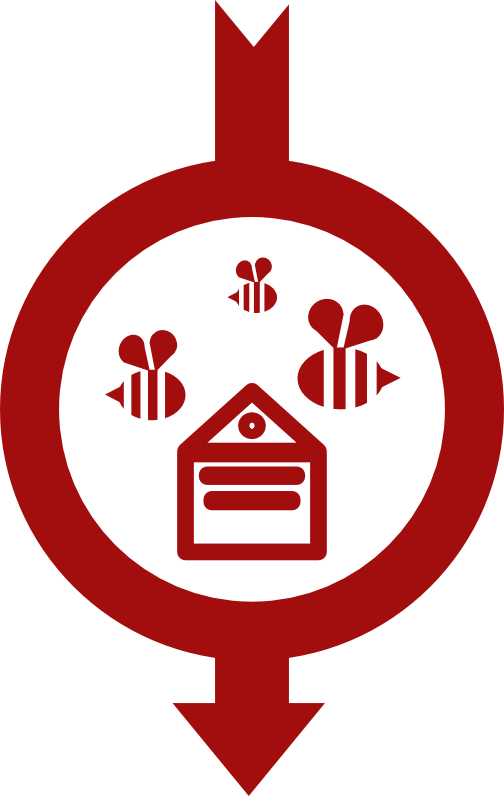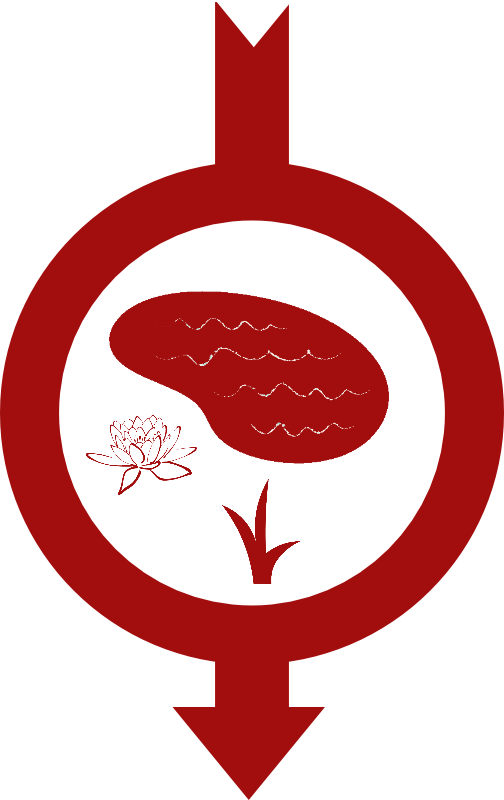TIMELINE
THE VIVAIO YESTERDAY AND TODAY
Together with Municipality 9 of Milano we wanted to save this area from abandonment and degradation and give it back to the citizens. We shared the project with Cascina Bollate and Parco Nord Milano to transform the old Fumagalli Nursery into an urban forest.
At the heart of the project is functional biodiversity: large trees but also shrubs and herbaceous species capable of attracting pollinators, birds and small mammals. In this way we are transforming a green area into a truly resilient urban ecosystem.
We will soon open it up to the city, to schools and students and to local residents. It will not only be a place for training and educational events to promote biodiversity protection, but a laboratory of ideas that, entrusted to our more than 33,000 students, can have a positive impact on society.
THE HISTORY OF VIVAIO BICOCCA

1960S
The Municipality's green space located at Cozzi street, 18 is given in concession to Vivaio Fumagalli, and becomes a storage place for plants

FEBRUARY 2020
Signing of the agreement between Rector Giovanna Iannantuoni and Municipality 9 President Giuseppe Lardieri for the concession of the land, formerly the Fumagalli Nursery from 1959 to 2019, to the University of Milan-Bicocca.
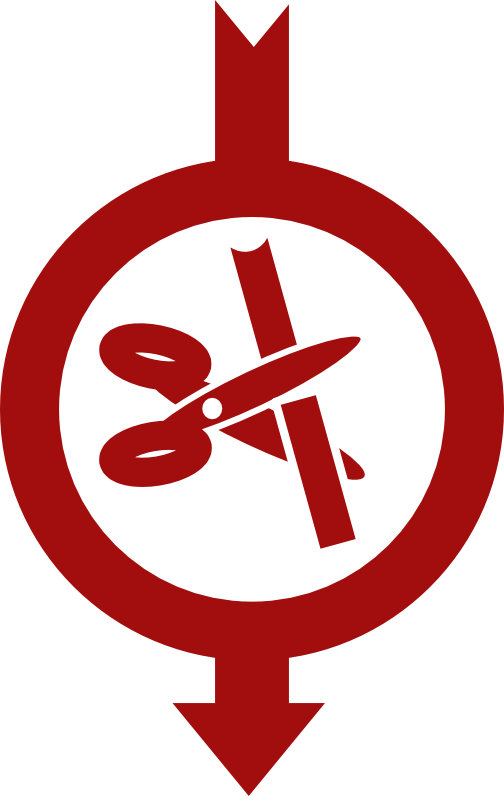
OCTOBER 2020
Inauguration of the Vivaio with the Milan Mayor Giuseppe Sala, the Rector Giovanna Iannantuoni and the Municipality 9 President Giuseppe Lardieri.
First work on the depaving of Piazza della Scienza and the creation of flowerbeds.

JANUARY 2021
Creation of the Verde Bicocca team with rectoral mandate to supervise the structural and planning works of the Vivaio.

JULY 2021
Start of interdisciplinary research by professors and researchers at the University of Milan-Bicocca

MAY 2022
Opening of the space to citizenship with outreach meetings
WHAT ARE THE INFRASTRUCTURES IN THE VIVAIO?
The structural objectives of the redevelopment of the Vivaio are the participatory creation of outdoor classrooms, made of leaves and tree-lined ceiling, and 3 biodiversity platforms: the biodiversity wall, the pollinator road and the biodiversity pond.
